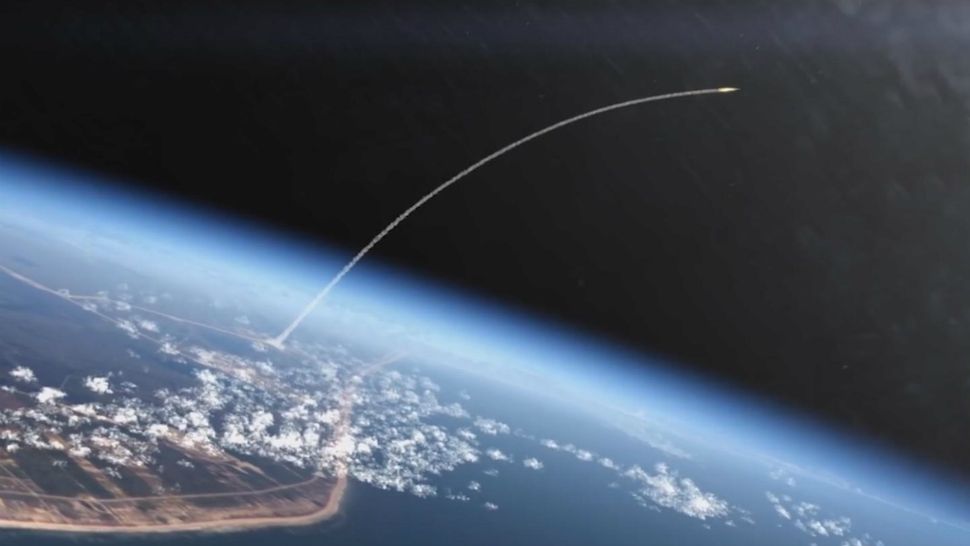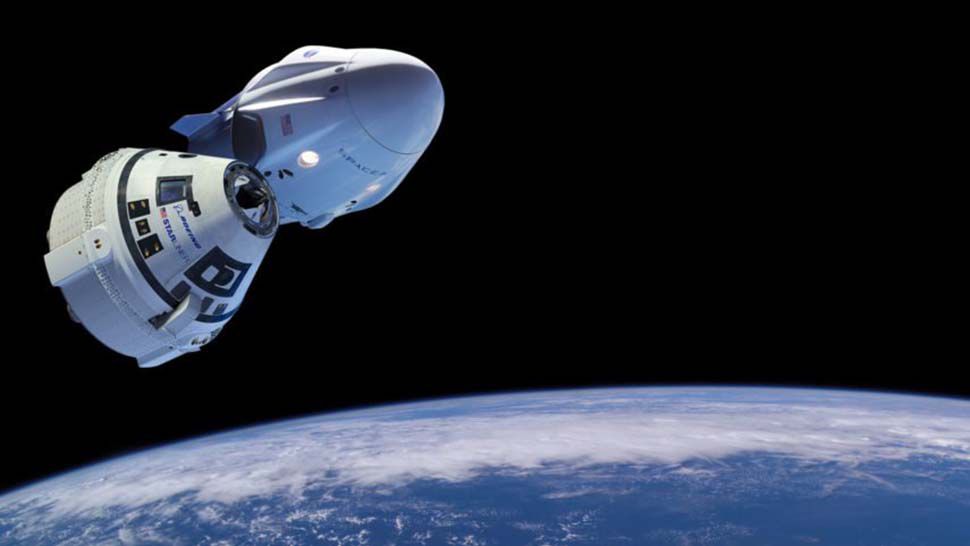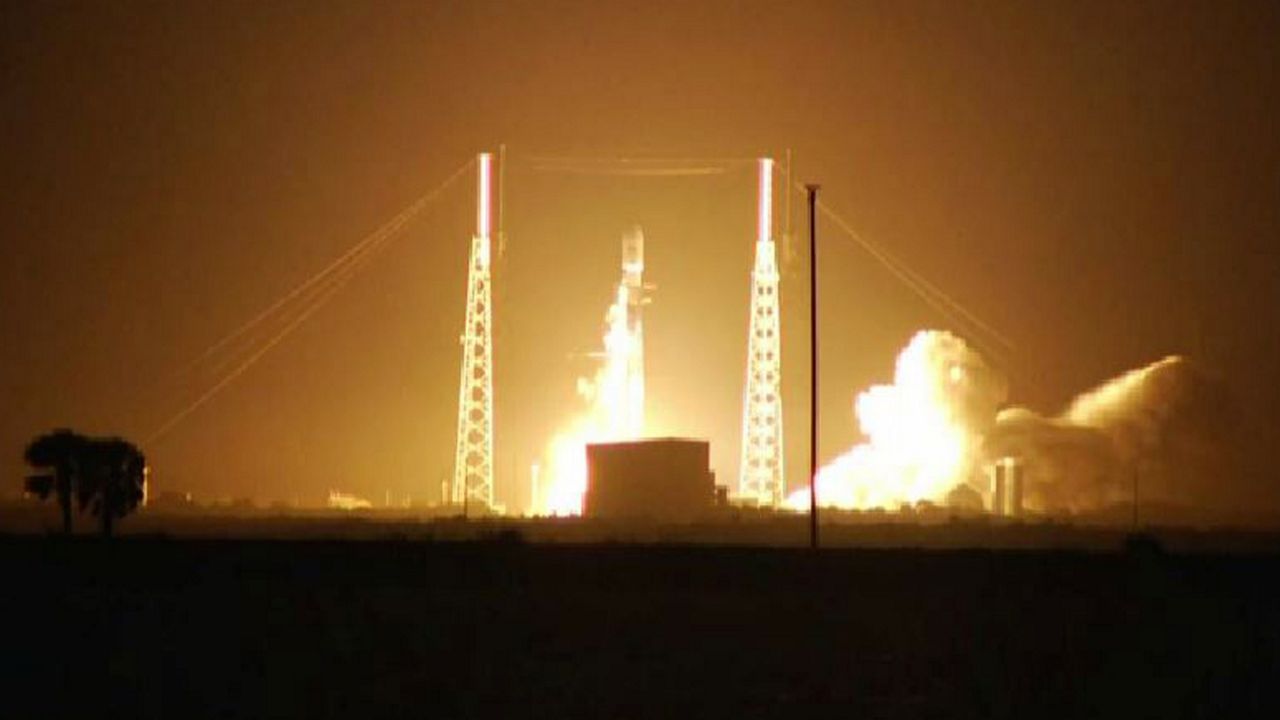KENNEDY SPACE CENTER, Fla. — The launch of the SpaceX Crew Dragon capsule will be the latest step toward returning astronauts to space.
- NASA veteran: Lessons were learned from previous crewed missions
- In a 1st, SpaceX plans to load rocket with fuel after crew boards
- RELATED:
Demonstration Flight 1 from Kennedy Space Center's historic Launch Complex 39A early Saturday is first and foremost a test to ensure the unmanned spacecraft is prepared to carry humans to orbit.
"It's of paramount importance, because there's a lot of differences in the Crew Dragon and the Falcon that'll boost it than there is in the previous uncrewed Dragons and Falcon rockets that have lifted up there," said Bob Sieck, who has decades of experience at NASA. Sieck worked on the Gemini and Apollo programs and served as a launch director during the shuttle era.
"They're that close to being there," said Sieck, who's now retired but serves as a member of the SpaceX Safety Advisory Panel.
Sieck was at NASA for some of its darkest moments, including the shuttle Challenger disaster.
"Astronauts have to accept a lot of risks to go fly," he said.
Believe it or not, Sieck says the lessons learned then, along with SpaceX’s own problems from the past, can help them make their spacecraft safer for human launches.
So far, Sieck says he's comfortable with SpaceX's safety procedures, even their efforts to load the rocket with fuel after the crew boards the spacecraft — something that has not been done before.
"The SpaceX approach is a lot safer than the space shuttle was," he said.
Still, it will only be after Crew Dragon returns to Earth and the results analyzed that he will feel comfortable with humans launching with SpaceX.
"The devil is in the details in rocket science and space," Sieck said.









